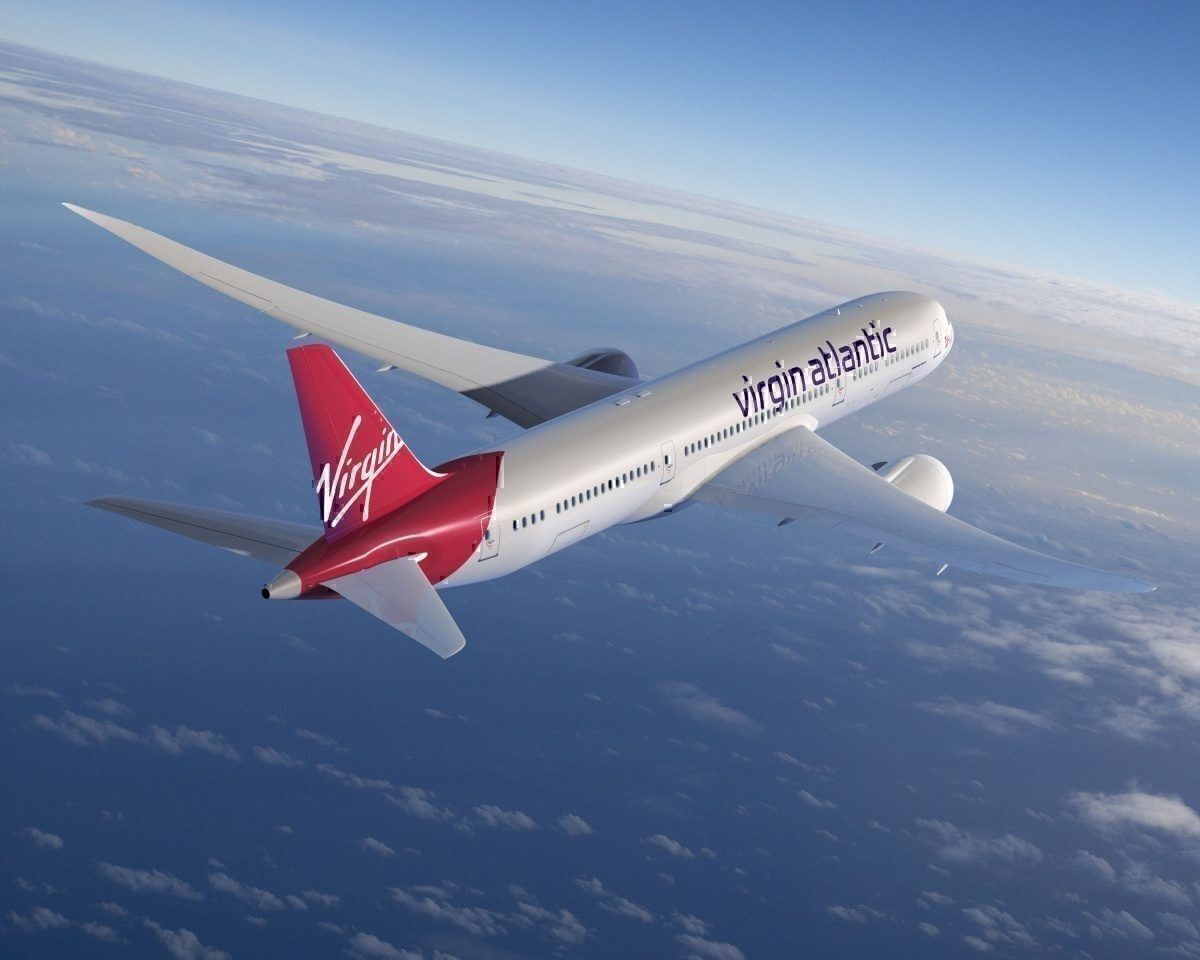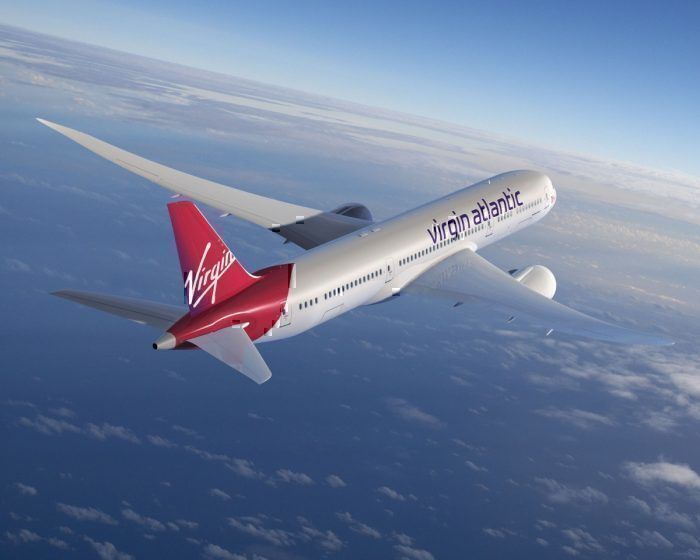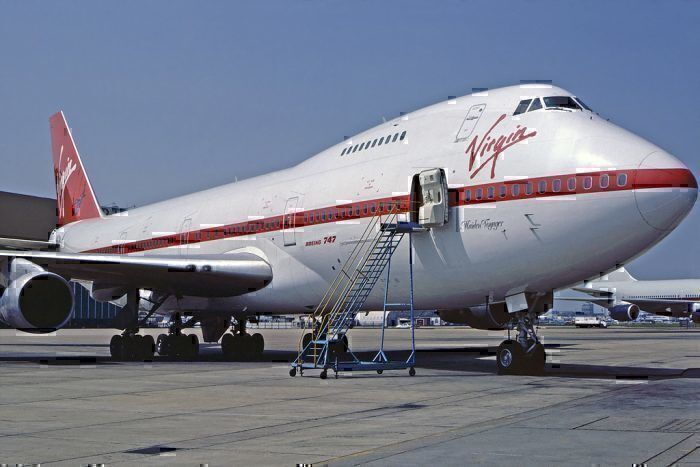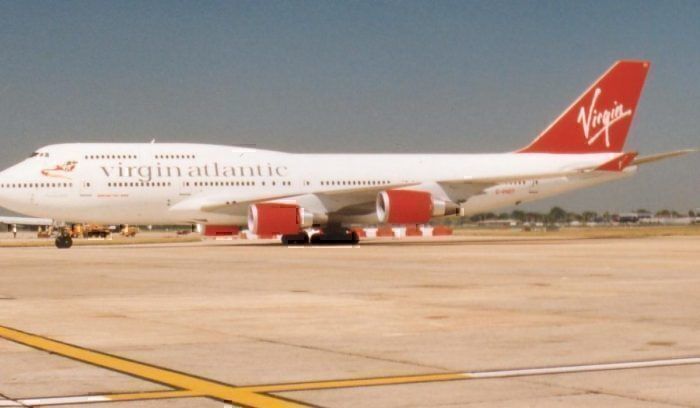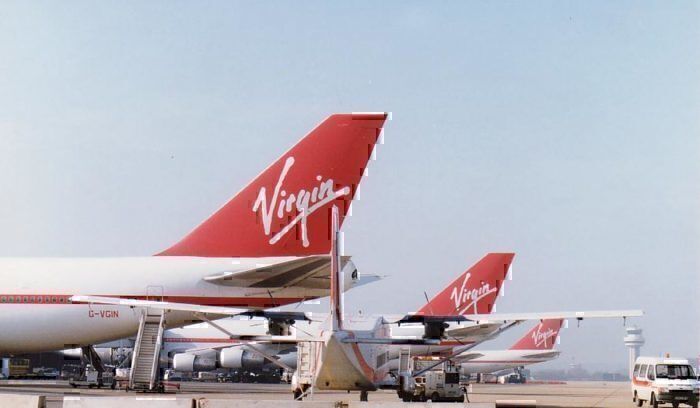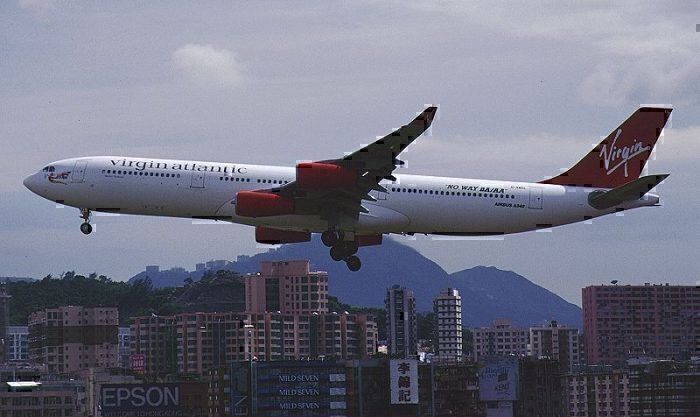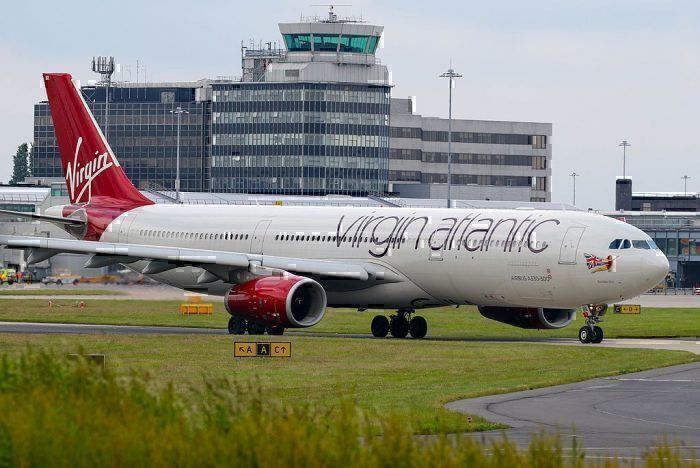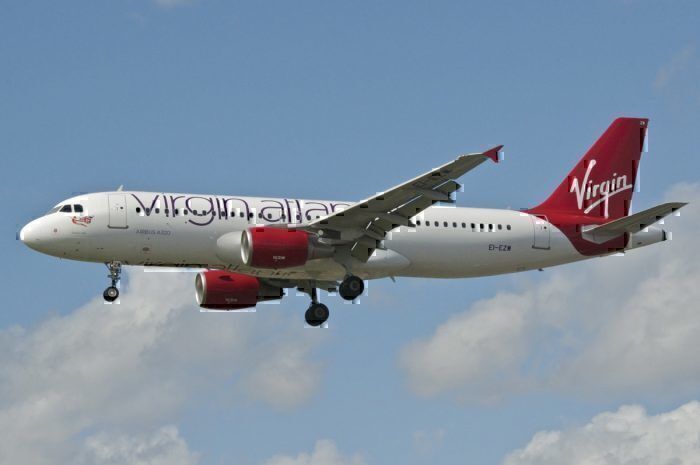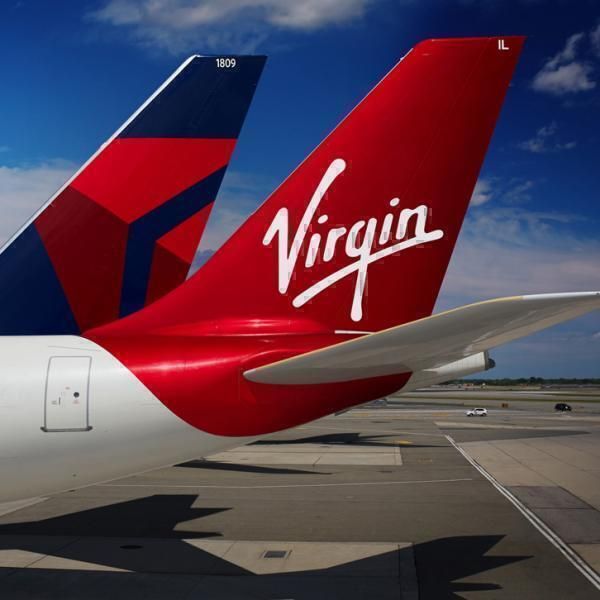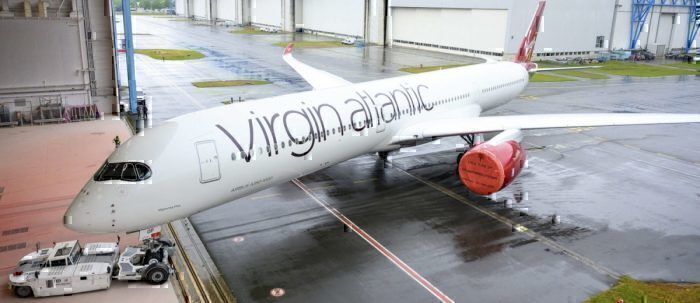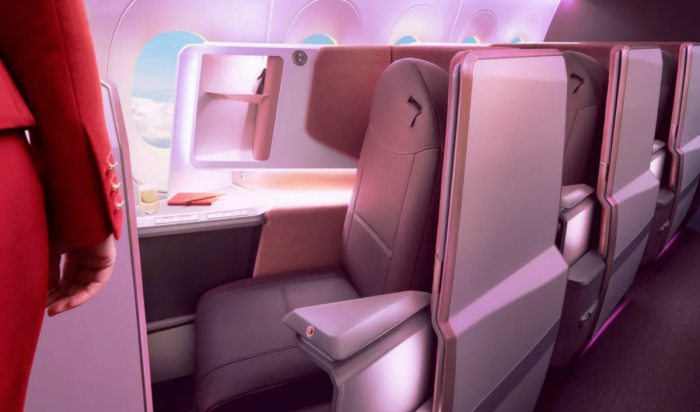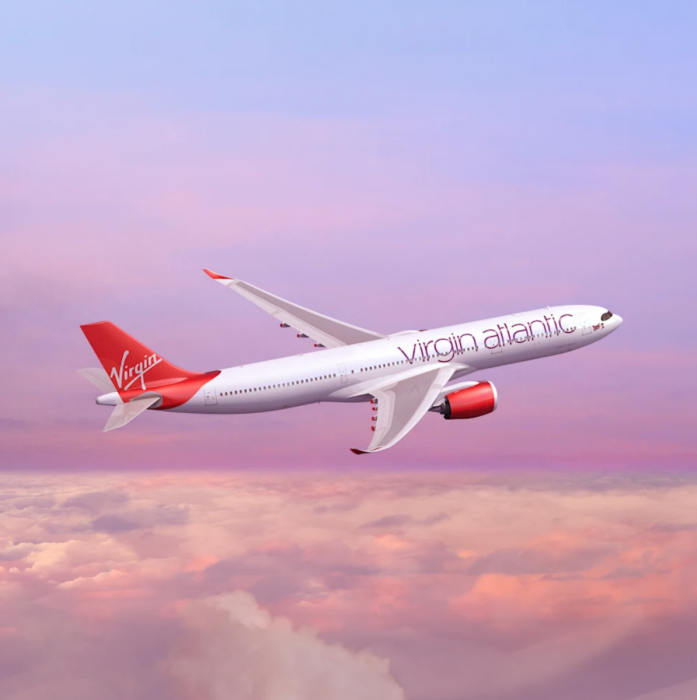Virgin Atlantic celebrates its 35th Birthday this year! After starting operations in 1984, the airline has grown to become a prominent long-haul carrier in the UK. Now, as the airline seeks its next major expansion, let's take a look back and see how Virgin Atlantic became what it is today.
Beginnings
On June 22, 1984, Virgin Atlantic operated its first flight. A 747 carried passengers from London-Gatwick to Newark. The aircraft, dubbed Maiden Voyager, was a 747-200.
One of the most important routes out of London is to the New York Area. Today, this route sees all major US carriers operating in addition to flights on both British Airways and Virgin Atlantic metal.
Since then, Virgin Atlantic has grown. Throughout the 1980s, Virgin inducted additional aircraft, including 747s, and opened new routes to Tokyo and Miami.
Virgin Atlantic in the 1990s
In the early 1990s, Virgin Atlantic began operations at London Heathrow after new government actions opened up Heathrow for additional flights. Then, Virgin Atlantic launched Premium Economy. Now, in 2019, some airlines are only just starting to unveil new Premium Economy products.
The 747 kept flying and building up Virgin's route network. Los Angeles, Boston, and Orlando opened up during the 1990s.
At the end of the 1990s, Singapore Airlines purchased a 49% share of Virgin Atlantic. In addition, throughout the 1990s, Virgin Atlantic got into some notable spats with British Airways. This included the launching of a new campaign against a merger between British Airways and American Airlines.
Virgin Atlantic in the 2000s
The 2000s started with the 9/11 attacks. These attacks left global airlines reeling from the impact of reduced travel demand. After a few years, Virgin Atlantic returned to turning large profits and ordered 787 Dreamliners and A330 aircraft.
Virgin Atlantic from 2010
In this last decade, Virgin Atlantic underwent a few changes. From 2013 to 2015, Virgin Atlantic wet leased A320s from Aer Lingus to conduct domestic services. This was under the "Little Red" brand. After suffering losses, Virgin Atlantic eventually wound up the airline.
British Airways and American Airlines worked closely as partners. Virgin Atlantic also wanted a similar tie-up with an American airline, and found a partner in Delta Air Lines. In 2012, Delta Air Lines bought Singapore Airlines' 49% stake. Since then, Delta Air Lines and their partners Air France-KLM have worked closely with Virgin Atlantic on a transatlantic tie-up.
Virgin Atlantic also put the 787 into service. The 787 offered the carrier unbeatable economics on several routes. With a large number of technological improvements, the 787 also improved the passenger experience onboard.
Recent developments
Virgin Atlantic will soon take delivery of the A350-1000. With these aircraft, Virgin Atlantic can phase out older A340-600s and 747-400s. Virgin is just continuing the trend of replacing four-engined aircraft with more efficient twinjets.
Furthermore, on their A350-1000s, Virgin Atlantic will introduce a brand new Upper Class product.
In addition, to continue the trend of fleet simplification, Virgin Atlantic will replace their A330ceos with new A330-900neo aircraft.
Even now, Virgin Atlantic's acquisition of Flybe means they can open up more connecting opportunities and bring more passengers onto their aircraft. This is a huge step after Little Red previously failed. After some years of cutbacks, Virgin Atlantic is now back and expanding with route resumptions.
Overall
Virgin Atlantic plans to keep expanding and beating expectations. Long a thorn in British Airways' side, Virgin is on the path to strengthening their position in the United Kingdom.
Do you like Virgin Atlantic? Let us know in the comments!

